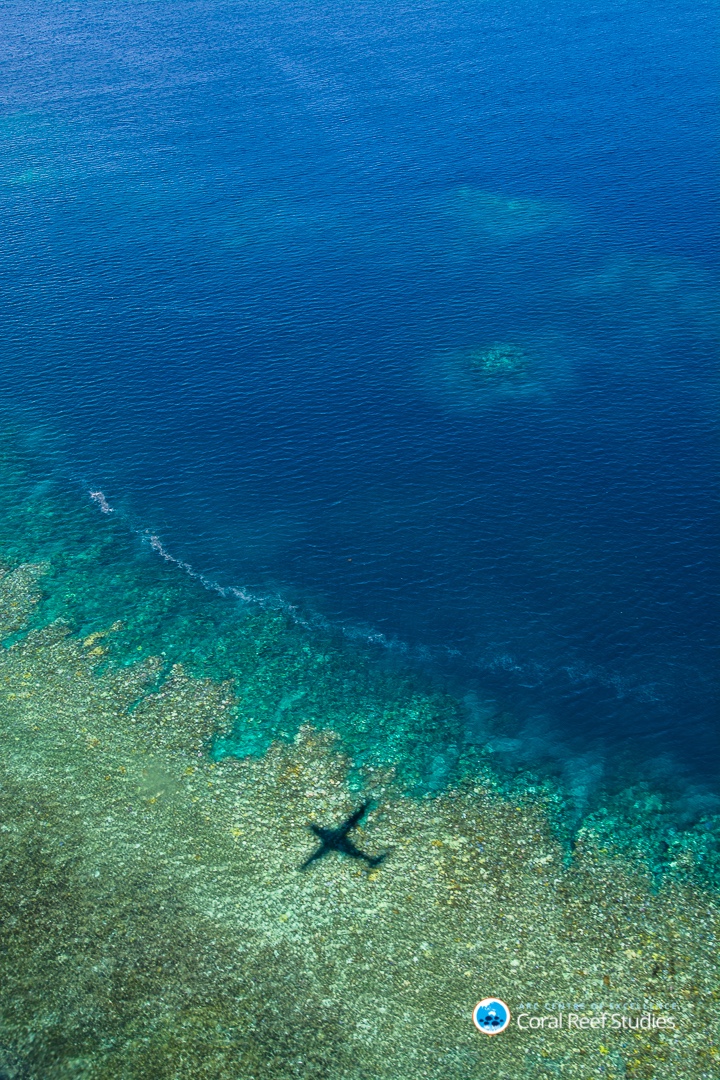Great Barrier Reef Again Hit by Severe Coral Bleaching

Two-thirds of the length of the Great Barrier Reef is suffering from bleaching, a condition likely to cause mass coral die-offs.
The Australian Research Council (ARC) announced yesterday (April 10) that 900 miles (1,500 kilometers) of reef have bleached in 2017, meaning the symbiotic (and often colorful) algae within the coral's tissues are expelled. The most severe impacts were seen on the middle third of the reef's length; the entire reef stretches for 1,430 miles (2,300 km) off northeastern Australia.
Bleaching doesn't necessarily kill corals outright, but leaves them crippled in their ability to get enough nutrients to survive. The algae within the corals, called zooxanthellae, provide the corals with crucial nutrients and help the corals remove waste. Without them, the corals are more vulnerable to disease. If the algae are unable to recolonize the corals, the corals are also vulnerable to starvation. [See Images of the Great Barrier Reef Through Time]
"This is the fourth time the Great Barrier Reef has bleached severely — in 1998, 2002, 2016 and now in 2017," James Kerry, a marine biologist with the ARC Center of Excellence for Coral Reef Studies, said in a statement. "Bleached corals are not necessarily dead corals, but in the severe central region we anticipate high levels of coral loss."
Lost hope

In 2016, aerial surveys conducted by the ARC Center of Excellence revealed the most severe bleaching on record at the time. That bleaching event was partially spurred by El Niño, which brings warm water to reefs. High temperatures are a major source of stress for corals, which respond by expelling their algae, according to the National Oceanic and Atmospheric Administration (NOAA). During last year's bleaching event, scientists found some hope in that the lower two-thirds of the Great Barrier Reef had not been badly affected, and said that the bleached areas might bounce back.
"It's really just a matter of whether or not we get another bleaching event in the next 10 years that would impede recovery," Rebecca Albright, a marine biologist with the Carnegie Institution for Science in Washington, D.C., told Live Science at the time.
That second bleaching event has already arrived, and in a non-El Niño year, to boot.
Sign up for the Live Science daily newsletter now
Get the world’s most fascinating discoveries delivered straight to your inbox.
"Mass bleaching events 12 months apart offer zero prospects of recovery for reefs that were damaged in 2016," Kerry said.
New damage
Whereas, the new damage to the reef is most severe in the middle third, in 2016, the northern end of the reef took the most damage, the ARC reported. Tropical Cyclone Debbie, which made landfall in Australia last month, worsened the situation by damaging a swath of reef 62 miles (100 km) wide.
But scientists are most concerned about the main culprit in reef bleaching events: global warming. Climate change not only heats up the oceans, it increases ocean acidification, another stressor for coral. Changes in ocean currents might affect reefs, as well, while altered precipitation patterns can influence runoff into vulnerable areas, according to NOAA.
Already, 80 percent of hard coral cover in the Caribbean is gone, a 2003 study in the journal Science reported. The Indo-Pacific, home to 75 percent of the world's reefs, lost approximately 1 percent of its coral each year over the past 20 years, according to a study published in the journal PLOS ONE. In the 1980s, the PLOS ONE study authors reported, coral cover in the Indo-Pacific averaged 42.5 percent, an average that dropped to 22.1 percent by 2003. Before-and-after pictures show the rapid pace of change globally.
Original article on Live Science.

Stephanie Pappas is a contributing writer for Live Science, covering topics ranging from geoscience to archaeology to the human brain and behavior. She was previously a senior writer for Live Science but is now a freelancer based in Denver, Colorado, and regularly contributes to Scientific American and The Monitor, the monthly magazine of the American Psychological Association. Stephanie received a bachelor's degree in psychology from the University of South Carolina and a graduate certificate in science communication from the University of California, Santa Cruz.









